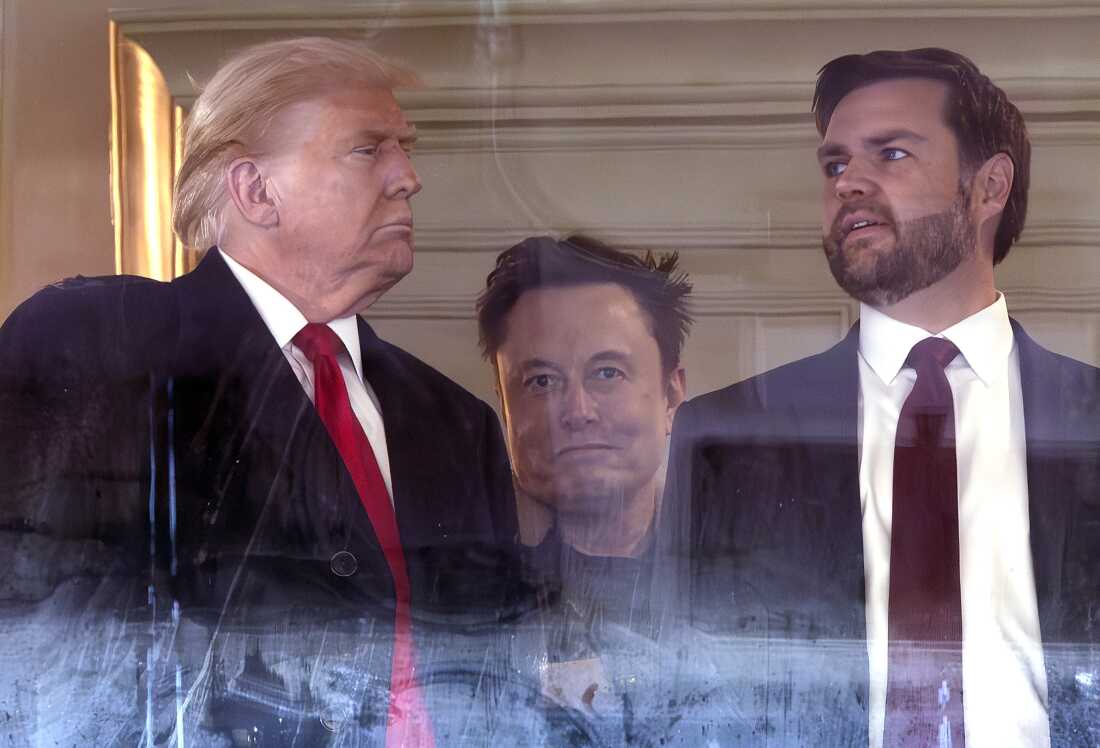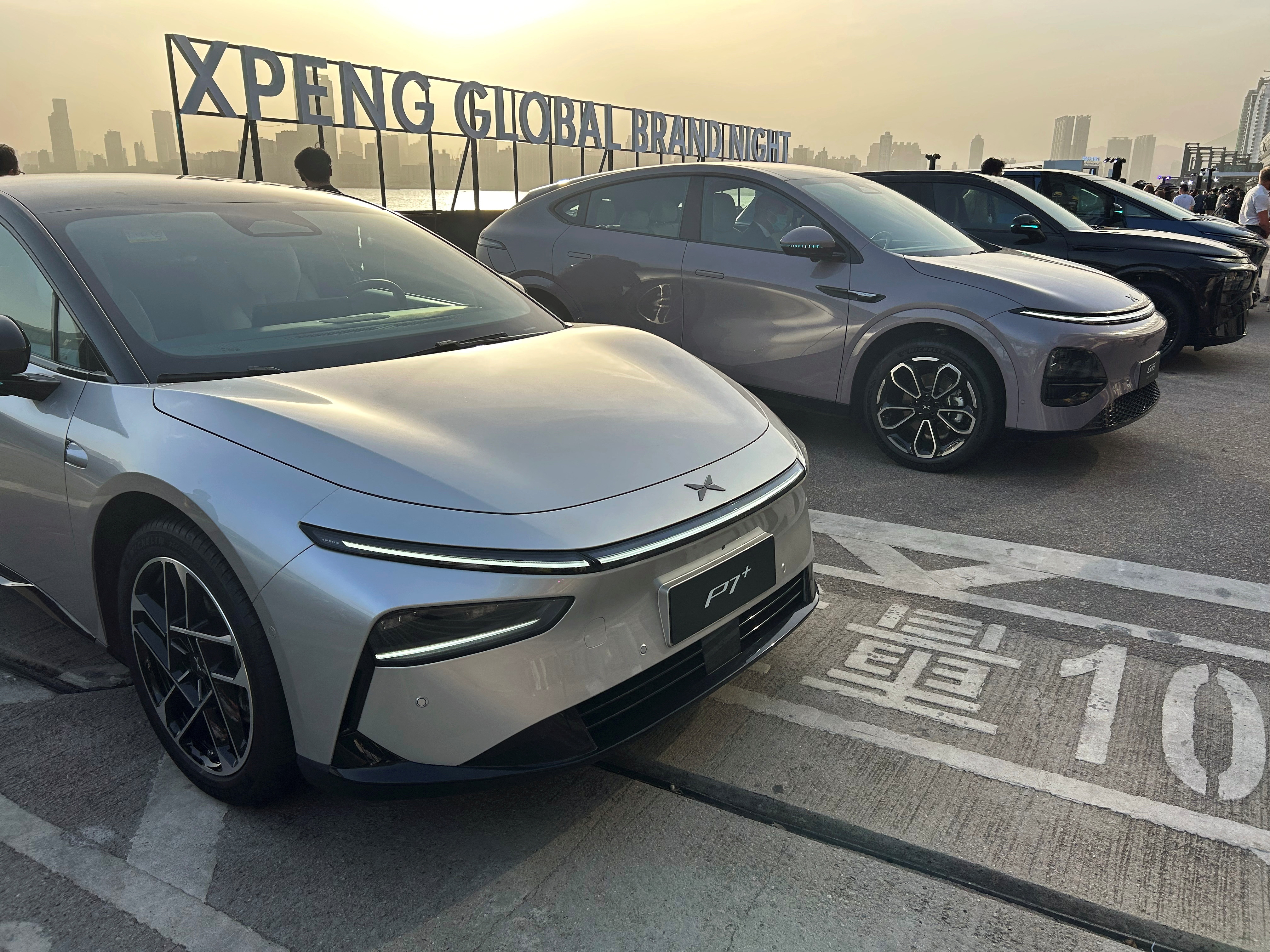In recent months, the relationship between former U.S. President Donald Trump and billionaire entrepreneur Elon Musk has appeared to unravel, signaling a notable shift in the dynamic between politics and business leadership in the United States. Once regarded as potential allies with overlapping interests in deregulation, economic growth, and freedom of expression, the two high-profile figures now seem to be on diverging paths, with implications that could ripple across both the political landscape and the business world.
The cooling of relations between Trump and Musk has been gradual yet unmistakable. While their interactions were never formally established as a political partnership, public statements, social media posts, and business developments suggest that the mutual admiration that once existed has been replaced by criticism, disagreement, and distance. This apparent “breakup” underscores broader tensions between the political right and tech industry leaders as both sides navigate an increasingly polarized social and economic environment.
Donald Trump, recognized for his candid way of speaking and divisive political stances, has consistently sought backing from prominent business leaders. During his time in office and in his later political endeavors, he often expressed admiration for creativity, business leadership, and reducing regulations—principles that resonate with many of Musk’s business ideals. Musk, who leads Tesla, SpaceX, and other companies, is renowned for transforming conventional industries, advancing technological frontiers, and supporting minimal government intervention in business activities.
There was a period when the two individuals seemed to find agreement, especially regarding economic matters. Musk was a member of the presidential advisory boards during the initial period of Trump’s presidency, taking part in talks about production, infrastructure, and employment growth. Nonetheless, this consensus started to break due to major policy discrepancies, particularly Trump’s choice to exit the United States from the Paris Agreement on climate change—a decision that led Musk to step down from his advisory positions in objection.
The initial divergence hinted at a broader philosophical divide between the two individuals. Although they both support the progression of American industry and technology, Musk has progressively established his image as a worldwide strategist dedicated to sustainability, space travel, and digital breakthroughs. On the other hand, Trump’s policy approach has consistently emphasized nationalism, protectionist measures, and classic manufacturing practices.
The distance between them has widened further in the post-presidency era. Trump’s return to the political stage, with aspirations for another presidential run, has been marked by heightened rhetoric, legal controversies, and a firm grip on his loyal voter base. Musk, on the other hand, has transitioned into a more complex public role that includes owning social media platform X (formerly Twitter), making controversial statements, and facing increasing scrutiny over his management style and business decisions.
A key point of friction has emerged around the topic of free speech and digital platforms. Musk has styled himself as a free speech absolutist since acquiring X, criticizing censorship and promoting open discourse—even when it involves controversial viewpoints. While this position might seem compatible with Trump’s own criticisms of so-called “cancel culture” and media bias, their personal ambitions and conflicting approaches to communication have introduced discord.
Trump’s social media presence, once dominant on platforms like Twitter, was severely curtailed after the events of January 6, 2021. The creation of his own platform, Truth Social, reflects both his desire for an independent communication channel and his distancing from mainstream tech platforms. Musk’s eventual decision to reinstate Trump’s banned Twitter account following his acquisition of the company added a new layer of complexity, though Trump has largely chosen to remain on Truth Social, refusing to return to the platform that once served as his primary megaphone.
Further contributing to the rift is the question of political alignment and endorsement. While Musk has expressed centrist and libertarian-leaning views, including occasional support for Republican policies, he has also publicly distanced himself from Trump’s brand of populism. At times, Musk has criticized both major political parties, advocating instead for moderation, innovation, and long-term thinking.
This detachment became more pronounced when Musk made clear that he did not support Trump’s bid for re-election and suggested that a new generation of leadership would better serve the country. In response, Trump, known for his tendency to publicly disparage critics, took aim at Musk in speeches and social media posts, questioning his business practices and personal integrity.
The personal animosity between the two has since been amplified by broader societal issues, including discussions around electric vehicles, climate change, labor rights, and media influence. Trump’s continued support for fossil fuels and traditional manufacturing contrasts sharply with Musk’s commitment to renewable energy and electric transportation. At the same time, Musk’s controversial management decisions and statements have at times alienated both political progressives and conservatives, leaving him in an increasingly isolated position in the public discourse.
From a commercial standpoint, the divergence between Trump and Musk is noteworthy as well. Although both individuals have substantial economic clout, their enterprises exist in distinct domains. Trump’s brand is deeply entrenched in property, hospitality, and political activities, whereas Musk’s empire is founded on pioneering technology, space ventures, and the evolving digital environment. Their differing focuses suggest that even without personal disagreement, their business trajectories were unlikely to intersect significantly in the long run.
For American workers, investors, and political observers, this split raises important questions about the intersection of business and politics in the 21st century. The alignment between political power and corporate leadership has long shaped public policy and economic outcomes. The apparent dissolution of the Trump-Musk relationship suggests that such alliances may be more fragile than they appear, particularly when personal ambition, brand image, and ideological differences come into play.
The broader implications of this split also touch on the future of political endorsements by business leaders. In an era where public figures are held accountable not just by shareholders but by consumers and global audiences, CEOs and entrepreneurs must navigate complex reputational risks when engaging with political movements or figures. The Trump-Musk episode serves as a case study in how quickly such alliances can unravel, and how public sentiment can shift in response.
As the political climate becomes more intense and Trump persists in seeking influence within the American political arena, the issue of which corporate leaders decide to support—or separate themselves from—his agenda will continue to be a major point of scrutiny. For Musk, staying detached from party politics might enable him to sustain his brand’s wide-ranging attractiveness, particularly since his companies depend on international markets, government deals, and a varied clientele.
The perceived conclusion of the alliance between Trump and Musk highlights the shifting dynamics of authority, impact, and leadership within the realms of politics and business. Temporary collaborations might emerge due to common interests or objectives, yet enduring alliances demand a more profound alignment of principles, visions, and public stances. The situation involving Trump and Musk illustrates how varying aspirations and perspectives can lead to insurmountable separations, even among two of the most significant personalities in contemporary American history.
While the environment continues to change, both men will continue to be key figures in their respective fields. However, their journeys, which once intersected briefly, now appear determined to diverge completely.




